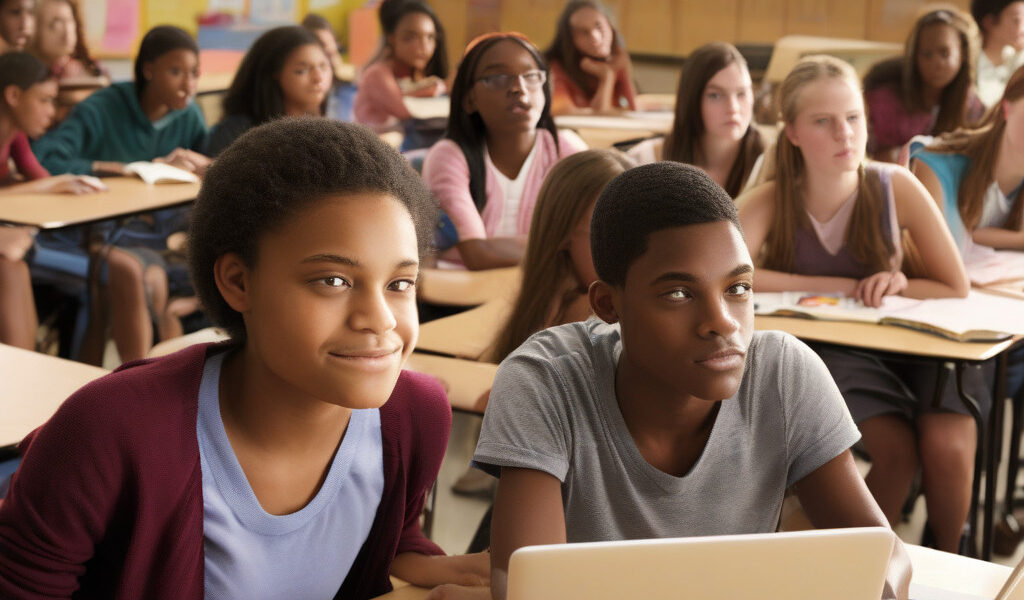The Growing Popularity of ChatGPT in Schools: Should We Be Concerned?
In recent years, the use of ChatGPT has surged among US teens, with its application in educational settings doubling according to recent research. This AI-powered tool, known for its ability to engage in natural language conversations and provide quick responses, has found its way into classrooms as a resource for students. However, as its usage grows, so too do concerns about its limitations, particularly in subjects like mathematics and synthesis. This raises important questions about the role of ChatGPT in education and its impact on learning outcomes.
While ChatGPT can be a valuable tool for enhancing communication skills and providing instant answers to a wide range of questions, its effectiveness in certain academic areas is limited. Research has highlighted concerns about ChatGPT’s ability to accurately solve complex math problems or generate in-depth, original content through synthesis. In subjects that require critical thinking, creativity, and problem-solving skills, ChatGPT may fall short compared to human educators.
In the context of education, the reliance on ChatGPT to provide answers and explanations could potentially hinder students’ development of essential skills. By offering quick solutions without requiring students to engage in the process of problem-solving and analysis, there is a risk that learners may become overly dependent on this AI tool. This raises questions about the long-term impact on students’ ability to think critically, reason logically, and develop a deep understanding of the subjects they are studying.
Moreover, the use of ChatGPT in educational settings raises concerns about data privacy and security. As students interact with this AI tool, sensitive information and personal data may be collected and stored, raising important ethical considerations. Schools and educators must ensure that appropriate measures are in place to protect students’ privacy and confidentiality when using ChatGPT as part of the learning experience.
Despite these limitations and concerns, there are ways to leverage ChatGPT effectively in education. When used as a supplementary tool rather than a primary source of information, ChatGPT can help students quickly access reference materials, clarify concepts, and engage in interactive learning experiences. By combining the strengths of AI technology with traditional teaching methods, educators can create a more dynamic and engaging classroom environment that fosters student learning and growth.
In conclusion, while the growing popularity of ChatGPT in schools offers new opportunities for enhancing the learning experience, it also raises important questions about its limitations and implications for education. By acknowledging the challenges and concerns associated with using AI tools like ChatGPT in the classroom, educators can make informed decisions about how best to integrate these technologies into the curriculum. Ultimately, the goal should be to strike a balance between leveraging the benefits of AI technology and ensuring that students continue to develop the critical thinking skills essential for success in an increasingly digital world.
education, ChatGPT, AI, students, learning












